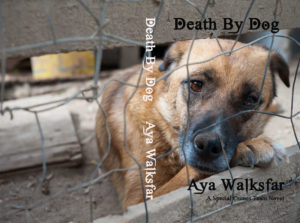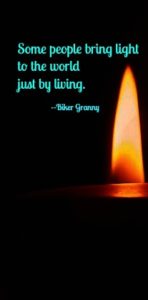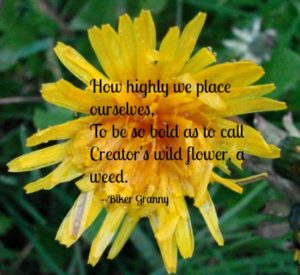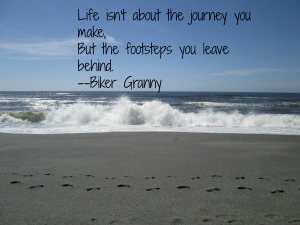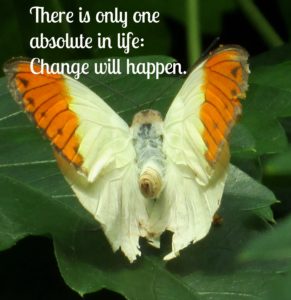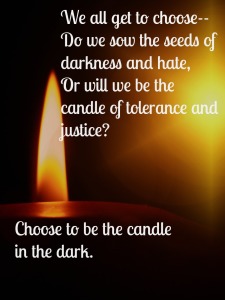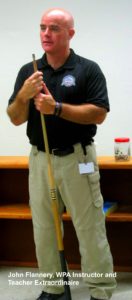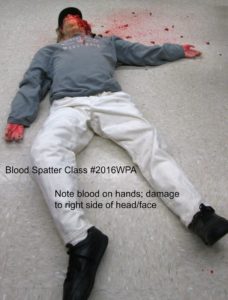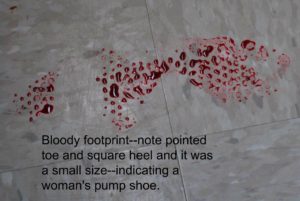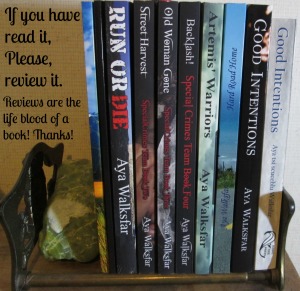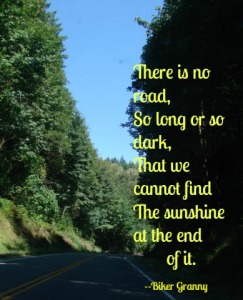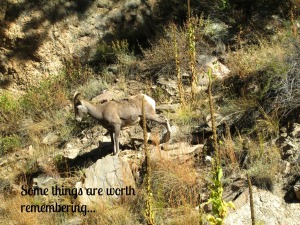While most people’s attention is on national politics, the Republicans in our own state of Washington are attempting to slip a few unsavory laws through the legislature. The worst of these laws are what the Republicans are calling anti-riot laws, but are really anti-protest laws.
Six reasons no legislation should be written that dampens the citizen’s right to protest:
1.We already have vandalism/malicious mischief laws in place for any situation, including during protests, both organized and unorganized.
2.We already have trespass laws in place for any situation, including during protests, both organized and unorganized.
3.We already have assault laws in place for any situation, including during protests, both organized and unorganized.
4.A law that makes the organizer of a protest or anyone participating in the protest liable for the actions of another person essentially forces an untrained civilian into the role of law enforcement. It does not matter whether the person breaking the laws is with the protest or is a rogue attempting to disrupt a peaceful protest.
5.Placing a civilian in such a position is a no-win situation for everyone, including innocent bystanders and law enforcement. Civilians are seldom trained to deal with violent offenders, regardless whether the offending is trespassing or assaulting someone. When you force a civilian into this role, you are very possibly forcing that civilian to break the laws against assault which would lead to legal repercussions from jail time to fines to civil lawsuits.
In addition, anytime civilians act as law enforcement they place real law enforcement in danger. Law enforcement officers have a specific protocol in matters of riot containment or offenses by individuals during a peaceful protest both to ensure that the offenders are stopped and the law enforcement officers are kept as safe as possible. When you inject civilians into the situation, that protocol is disrupted.
6.The right to peacefully protest is part of the Bill of Rights, First Amendment. Without the right to protest, a tool for citizens to force government to change is taken away. Without the right to impact our government, our democracy is seriously endangered.
7.When any part of the Bill of Rights, or the First Amendment, is compromised it then weakens that amendment and the Bill of Rights and other parts can then be more easily destroyed. Without the First Amendment not only will you, as a citizen, have no right to protest government actions, you will eventually have no right to speak out against the government. This leads to dictatorships.

Peaceful protests have always been the match that people lit to change government; sometimes, protests are the only way to change government.
If you believe that our “blue” state would never stand for such a law being passed, you are asleep while driving your citizenship. Such proposals have already been introduced into our state legislature. If such a bill can be proposed, it will be passed without sufficient protest from the people. Such protest might be physical actions like marching or the protests might take the form of calling, emailing, and writing to not only the representatives for your district, but also the representatives for other districts to let them know they answer to our state, to all of our citizens.
Many people thought Trump would never be elected. They were asleep while driving their citizenship. If you want your rights protected, you need to stand up. Democracy is a choice: stand up or shut up!
The state of Washington is not the only state where laws are currently being proposed that would dampen or violate First Amendment rights to peaceful protest. As of February 24, 2017, seventeen states have bills being proposed that would deny citizens the right to protest. To see if your state is one, go to the link below. It has a map of the states of concern. These laws would, according to the Washington Post do such things as: “…indemnify drivers who strike protesters with their cars and, in at least one case, seize the assets of people involved in protests that later turn violent.”
According to Cornell University Law School:
“…The Supreme Court has expressly recognized that a right to freedom of association and belief is implicit in the First, Fifth, and Fourteenth Amendments. This implicit right is limited to the right to associate for First Amendment purposes. It does not include a right of social association. The government may prohibit people from knowingly associating in groups that engage and promote illegal activities….”
Cornell University Law School:
“Amendment I
Congress shall make no law respecting an establishment of religion, or prohibiting the free exercise thereof; or abridging the freedom of speech, or of the press; or the right of the people peaceably to assemble, and to petition the government for a redress of grievances.”
Three important changes in the United States that were brought about by protesters:
1. The right to form unions
2. Voting rights for black Americans and women
3. December 16, 1773 The Boston Tea Party signaled the colonists’ determination to live in a country where their needs were clearly represented.
https://www.washingtonpost.com/news/wonk/wp/2017/02/24/republican-lawmakers-introduce-bills-to-curb-protesting-in-at-least-17-states/
https://www.law.cornell.edu/wex/first_amendment
To read about protests that changed history, go to https://www.facebook.com/TogetherWomenCan


